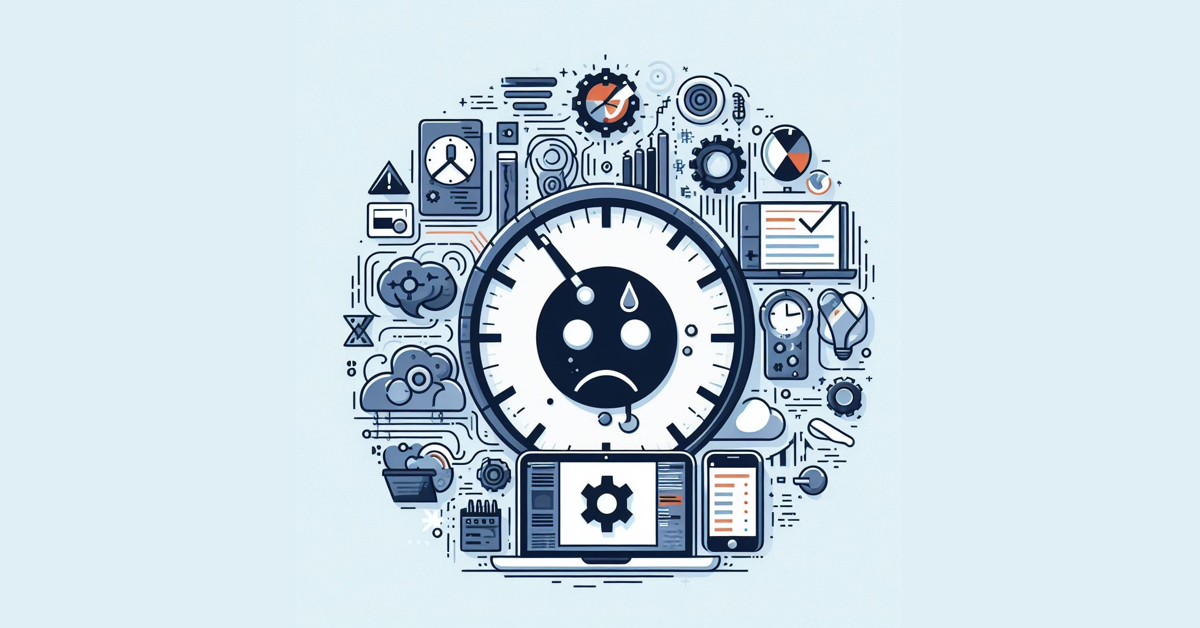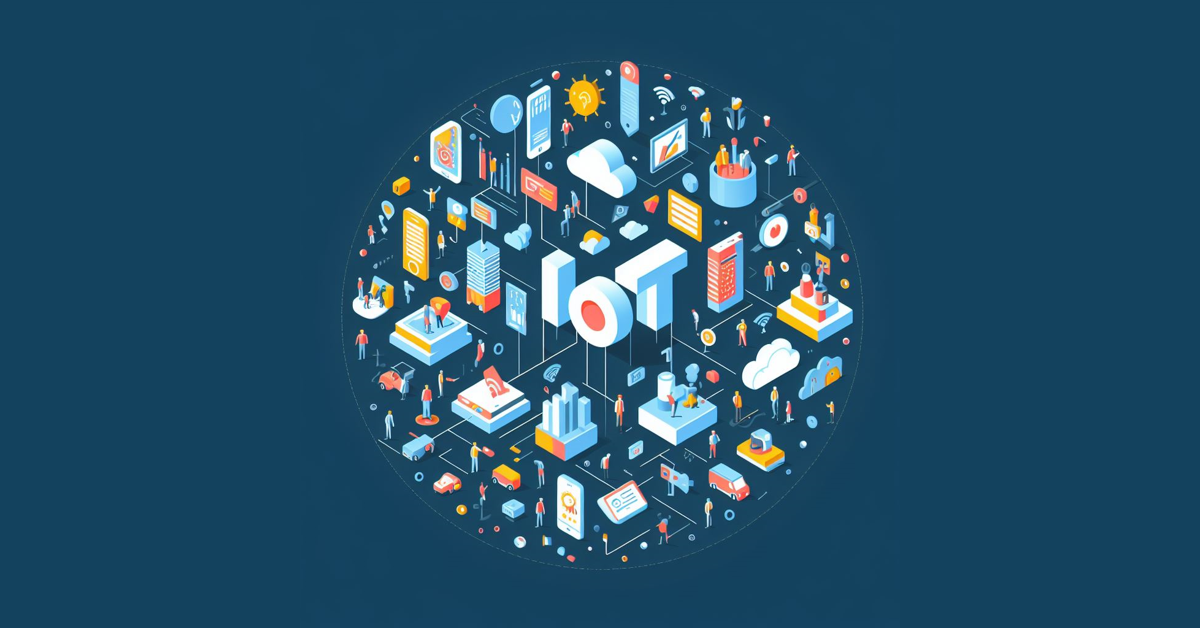Software as a Service (SaaS) is a modern way of accessing software where you essentially rent it instead of buying it outright. It’s gained immense popularity because it’s convenient – you can access it from anywhere with an internet connection, it’s scalable – you can easily adjust your usage, and it’s cost-effective – you pay a subscription fee rather than a large upfront cost. SaaS has evolved rapidly since its inception in the early 2000s, becoming a staple in various industries. Its key components include cloud-based hosting, subscription-based pricing, and hassle-free maintenance by the provider. In essence, SaaS is revolutionising how we use software, making it more accessible and affordable for businesses of all sizes.
🤡
Why couldn’t the bicycle stand up by itself?
Because it was two-tired!
Advantages of SaaS
Cost-effectiveness
- With SaaS, you don’t need to buy and manage expensive hardware upfront.
- You pay a subscription fee, which is often cheaper and flexible based on your needs.
- It saves money and allows better budget management.
Scalability
- SaaS easily grows with your business without requiring extra hardware or software purchases.
- You can quickly adjust your subscription as your needs change, saving time and resources.
Accessibility
- SaaS is accessible from anywhere with an internet connection, making it convenient for remote work.
- It works on various devices, promoting flexibility and collaboration among teams.
Updates and maintenance
- SaaS providers handle updates and maintenance automatically, so you always have the latest features and security.
- You don’t have to worry about managing software upkeep, saving time and hassle.
These benefits make SaaS a smart choice for businesses looking to save money, scale easily, work from anywhere, and avoid software management headaches.
Types of SaaS
Horizontal SaaS
Vertical SaaS
Enterprise SaaS
Small Business SaaS
- What: Software for startups and small to medium-sized businesses.
- Examples: Tools like QuickBooks (accounting) or Mailchimp (email marketing).
- Why: Affordable, easy-to-use, and helps SMBs compete better.
Understanding these types helps businesses pick the right software to fit their size, industry, and needs, boosting efficiency and growth.
Challenges and Considerations
Security Concerns
- Data Breaches: SaaS platforms can be targets for cyberattacks, risking sensitive data. Strong security measures like encryption and multi-factor authentication are essential.
- Compliance Issues: SaaS users must comply with regulations like GDPR or HIPAA to protect customer data and avoid legal trouble.
Integration Challenges
- Compatibility: Integrating SaaS with existing systems can be tricky due to tech differences. It might need custom solutions.
- Data Sync: Keeping data flow smooth between SaaS and on-site systems is vital but can be complex due to different data formats or update timings.
Vendor Lock-in
- Limited Flexibility: Sticking to one SaaS provider too tightly can make it hard to switch later, causing disruption.
- Vendor Dependency: Relying heavily on one SaaS provider can leave you vulnerable if their services change or go down.
Data Ownership and Portability
- Ownership Rights: Companies should clarify who owns the data stored with SaaS providers to avoid disputes.
- Data Move: When switching SaaS providers or moving data, having smooth processes for data migration is crucial to prevent loss or damage.
Managing these challenges requires careful planning and understanding the terms with SaaS providers. By addressing these concerns upfront, businesses can enjoy the benefits of SaaS without running into significant problems down the line.
Future Trends in SaaS
AI and Machine Learning Integration
- AI and machine learning make SaaS apps smarter and more personalised.
- They analyse data to give insights and predictions, making apps easier to use.
- Automation powered by AI saves time and improves efficiency.
Edge Computing Optimisation
- Edge computing speeds up SaaS apps by processing data closer to users.
- It’s great for real-time tasks like video streaming and IoT.
- Edge computing also boosts security by keeping sensitive data closer to home.
Hybrid Cloud Solutions
- Hybrid cloud mixes on-premises infrastructure with cloud services.
- It offers flexibility and control over data management.
- Businesses can use it to meet compliance needs and adapt to changes easily.
Industry-Specific Solutions
- SaaS apps are getting tailored for specific industries.
- These apps understand industry needs better and offer more relevant features.
- They help businesses streamline processes and stay ahead in their sectors.
Software as a Service (SaaS) revolutionises how businesses access and utilise software, offering cost-effective solutions that scale easily and enhance competitiveness. By embracing SaaS, companies can streamline operations and adapt swiftly to market changes. Moving forward, advancements like AI and industry-specific solutions will shape the landscape, making it crucial for businesses to stay informed and proactive. To explore SaaS further, research different options, prioritise cybersecurity, and leverage resources like industry reports and expert advice. With the right approach, SaaS can be a catalyst for success in today’s digital age.



